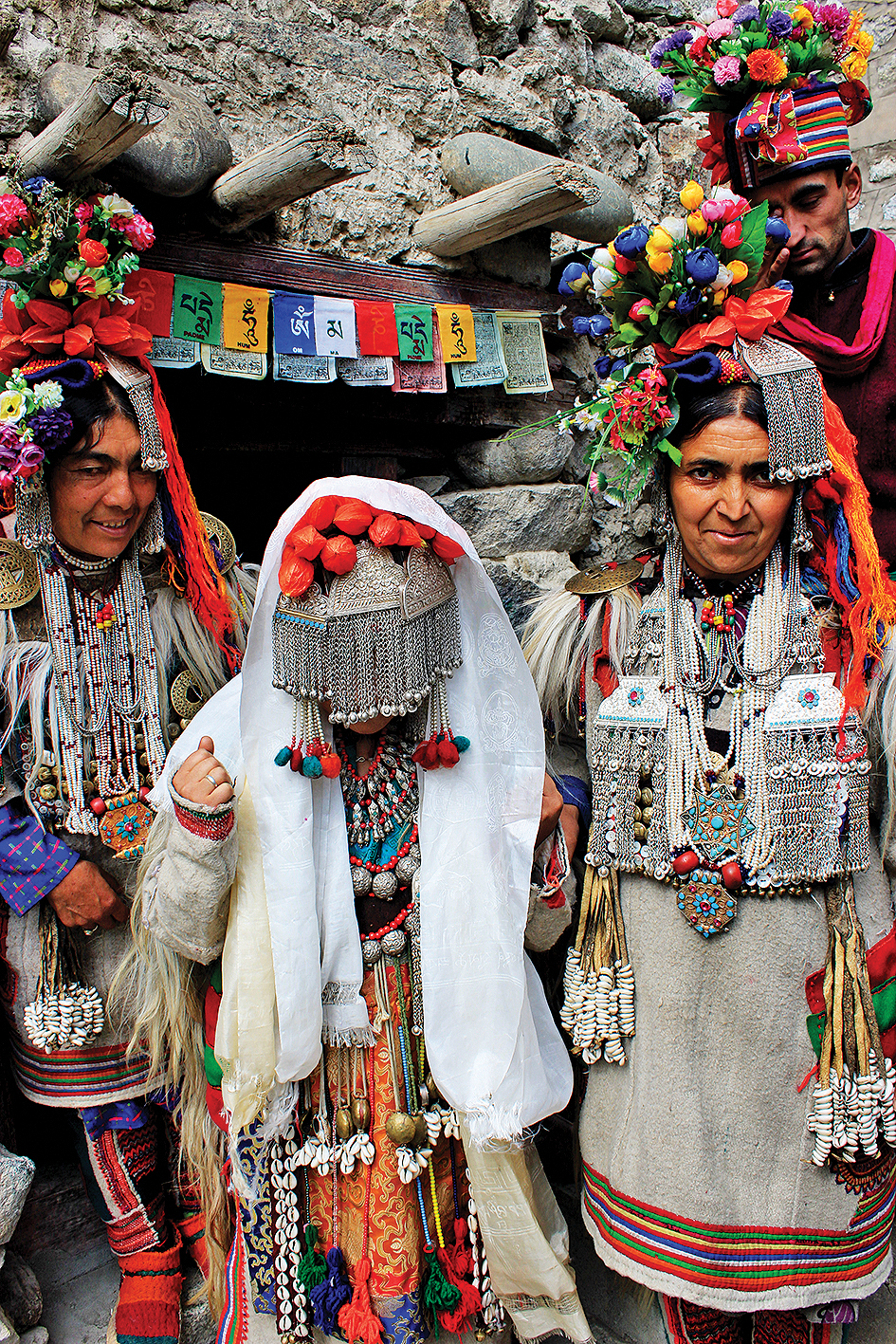
The Aryan Valley of Ladakh —spread across Dha, Hanu, Garkone and Darchik villages — is home to 4,000 Dard Aryans. This small community, cut off from the rest of India by geographical boundaries, is all that remains of a diminishing tribe.
You may never get a chance to go there, but you can visit an exhibition right here in the Capital, a visual journey through the rich and colourful legacy of the Dard Aryans.
Believed to be the last ‘pure’ specimen of the Aryan race, these tribals have retained their age-old cultural practices and beliefs despite facing many odds. The exhibition highlights the Dard settlements, beliefs and practices along with the material culture of this region. Their festivities are based on the solar calendar.
A rich display of over 100 photographs portrays the different aspects of their daily lives and customs. This is complemented with a screening of a documentary film ‘Dard Aryans of Ladakh – Conflict Between Tradition and Modernity’.
“The purpose of the documentary is to capture their past and the living present. The film shows their conflict due to modernisation and how they cope with it in order to sustain their old values,” says curator Virendra Bangroo.
Born in Srinagar, Bangroo, a scholar in Indira Gandhi National Centre for the Arts, has traversed the length and breadth of the Himalayas doing extensive research during his visits.
Apart from the photographs, a section of the exhibition also focuses on the paintings made by the children of the Aryan valley. “You will be surprised to know the children do not have drawing in their curriculum but when we provided them with colour and paper they did really good work,” says Bangroo.
Mainly sustaining themselves through agriculture, the major crop being apricot, they also rear goats. The Dards were also known in the past to rear horses, which they traded with countries in central Asia.
Till now, the area is secluded from the rest of the country. Bangroo urges people to visit the area. “In these areas, people remain cut off, but they are part of our Indian ethos and we should give them due respect. They get encouragement to preserve their cultural values through our visits,” he reasons.
There will be an illustrated talk by Bangroo on May 10. The exhibition will be on display at India International Centre till May 13.
Over 10 firms were found contravening provisions of the Drugs Rules, and necessary action has…
Roopchand Gajak Wale in Farash Khana is one of the oldest and most trusted names…
A Kathak evening paying tribute to composers Pandit Jwala Prasad and Pandit Madho Prasad and…
Delhi High Court upholds acquittal, says husband’s extramarital affair not linked to wife’s suicide
Key member of interstate auto-theft gang nabbed in Lakhimpur Kheri; involved in high-end car theft…
Delhi Police arrests key operator in multi-state cyber fraud cheating a senior citizen of over…